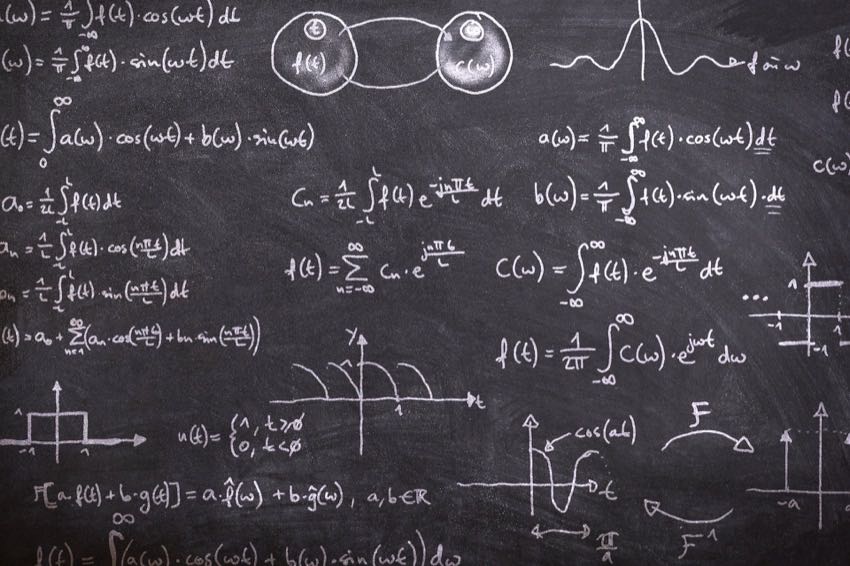OK, so the recent advances in lithium-ion batteries have been both encouraging… and also a lot of science fiction. On one hand, you have batteries achieving higher power density in the form of 4.0 Ah packs that are no larger than their 3.0 Ah predecessors. But on the other hand, you have promises of better Li-ion batteries that will recharge in mere seconds, contain 10x the power density, or make chicken soup (no, NOT really). As it turns out, algorithms might be a key to unlocking faster charge times and reducing manufacturing costs. How so? Read on…
Better Li-ion Batteries – More Than Voltage and Amp-Hours
The key here is estimating what is physically going on inside the lithium-ion battery as opposed to just monitoring voltage and amp-hours (or current). Manufacturers typically measure those two factors, voltage, and current, to gauge a battery’s behavior and health. But that leaves a lot on the table. In a sense, the batteries have to be “overbuilt” to compensate for the limitations in monitoring and reacting to the conditions present in the cell. If you can really nail the conditions and act accordingly, batteries can get smaller and lighter and charge times can be dramatically decreased.
There’s a lot of incentive to figure out predictive algorithms for making better lithium-ion batteries. In fact, researchers at the Jacobs School of Engineering at UC San Diego are sharing a $9.6 million grant from ARPA-E, a research agency within the Department of Energy, with automotive products supplier Bosch and battery manufacturer Cobasys to further develop the estimation algorithms and the technology they will drive. UC San Diego’s share of the grant is $460,000 for the research group in the Department of Mechanical and Aerospace Engineering at the Jacobs School.
How much gain can be found with algorithms? The researchers seem to think that costs can be reduced by 25 percent and charge times can be literally halved. While exciting for portable electrics and, of course, power tools, the automotive industry has a significant interest in increasing battery efficiency and decreasing charge times as well.
How Algorithms Differ from Voltage & Current Monitoring
Lithium-ion battery cells are designed so that the ions want to move from the anode to the cathode, powering the device it’s connected to in the process. To know whether the battery is functioning properly, it’s important to know where the ions are in the anode. But that’s very difficult to measure, even with sophisticated equipment.
One example given to explain algorithm prediction was interesting. It’s like trying to estimate the particles’ charge by measuring only the voltage on the battery is similar to having the person that collects tickets at the entrance to a movie theater trying to estimate which of the seats the patrons are taking by watching the speed at which the line at the entrance is moving. In this analogy, the ions are patrons making their way to seats within each row, which represent the particles.
Enter the estimation and control algorithms that estimate where the particles actually are. So now the “movie theater” (our analogy) can be filled to capacity safety and efficiency. The model can also estimate how the health of the battery evolves over time—the equivalent of which seats are breaking down in the theater and need to be fixed or replaced.
The grant will allow researchers to refine the algorithms and to test them on actual batteries on testbeds developed by Bosch and Cobasys. They will estimate the charge distribution within the battery. Then they will estimate its state of health. Finally, researchers will devise a strategy to find optimal rates of charging and discharging batteries.



